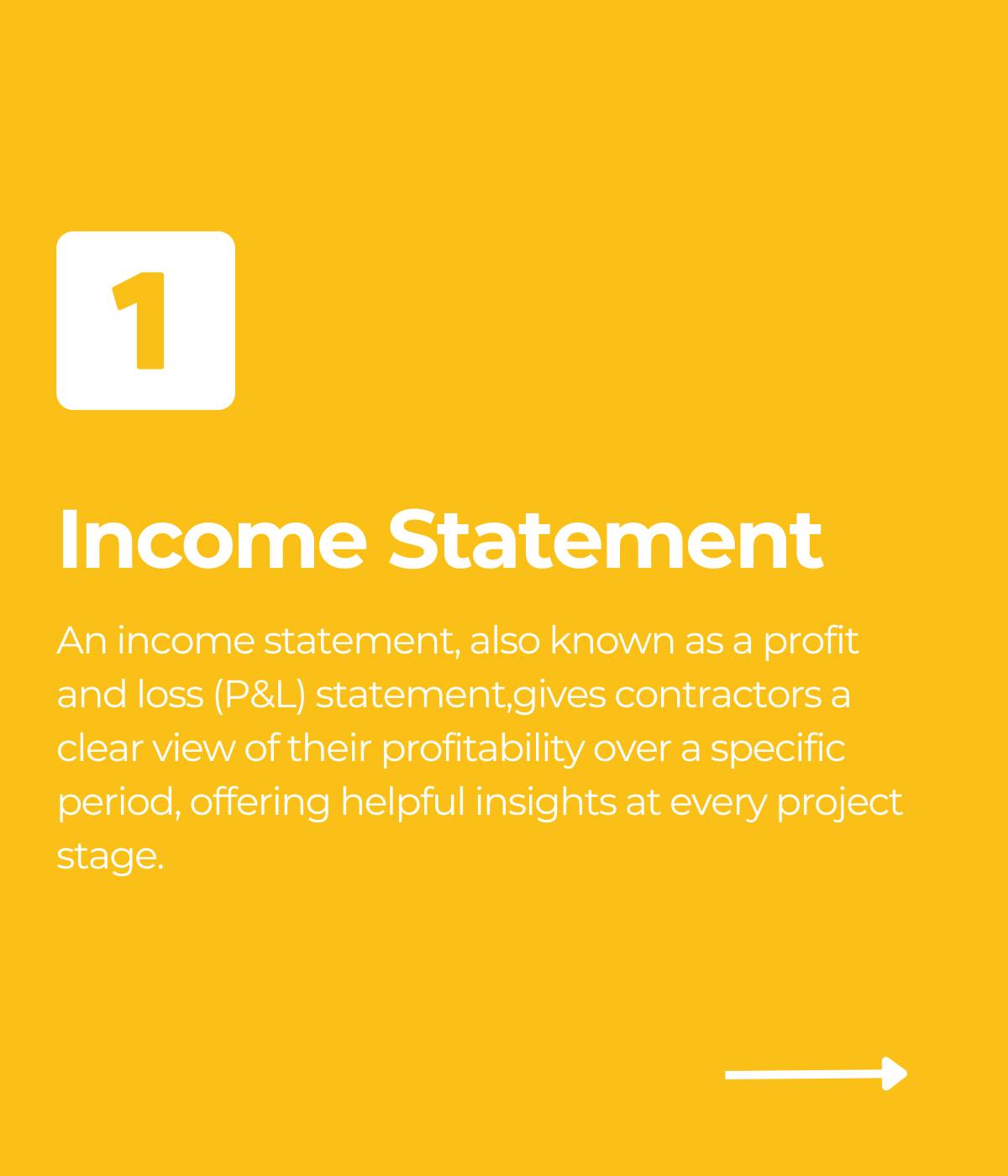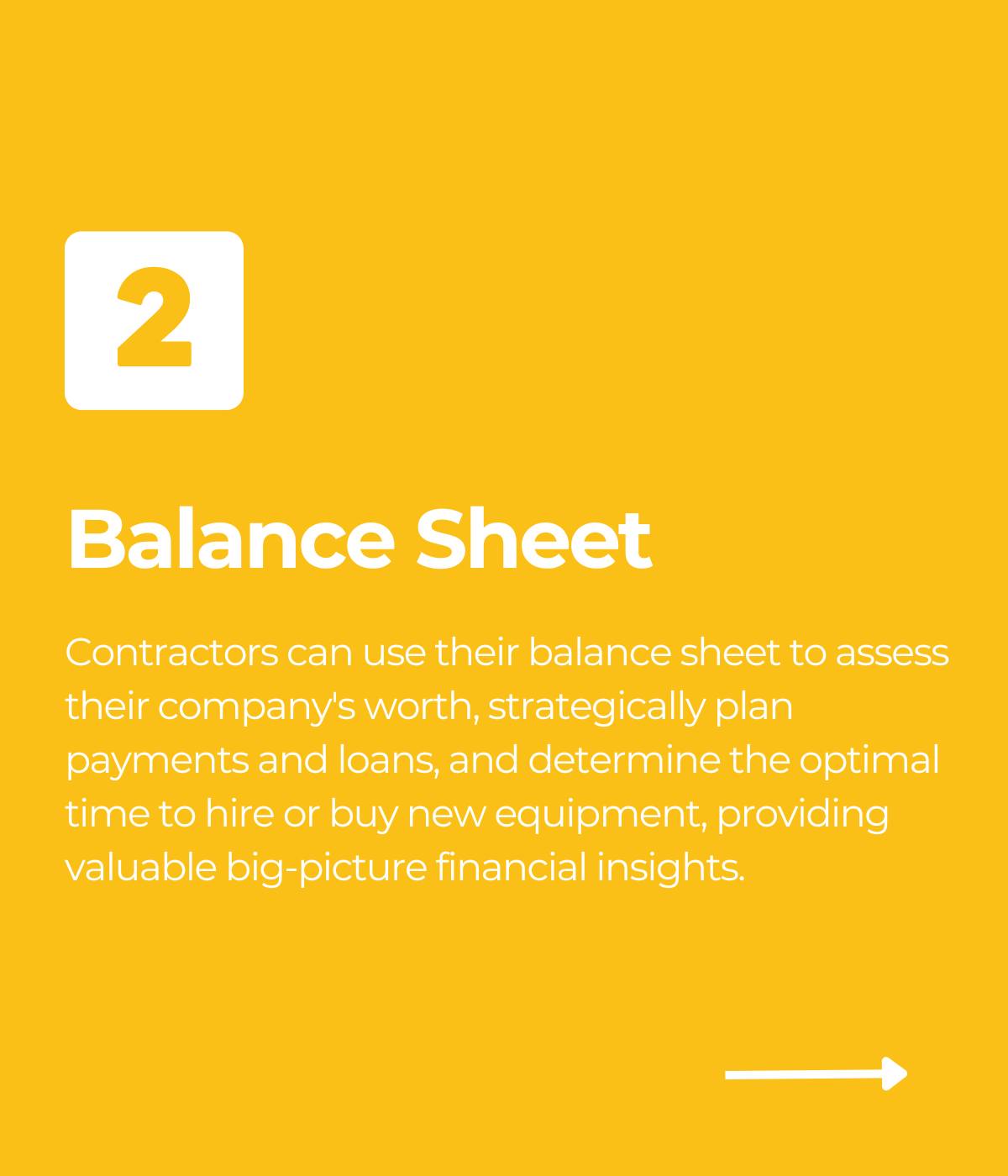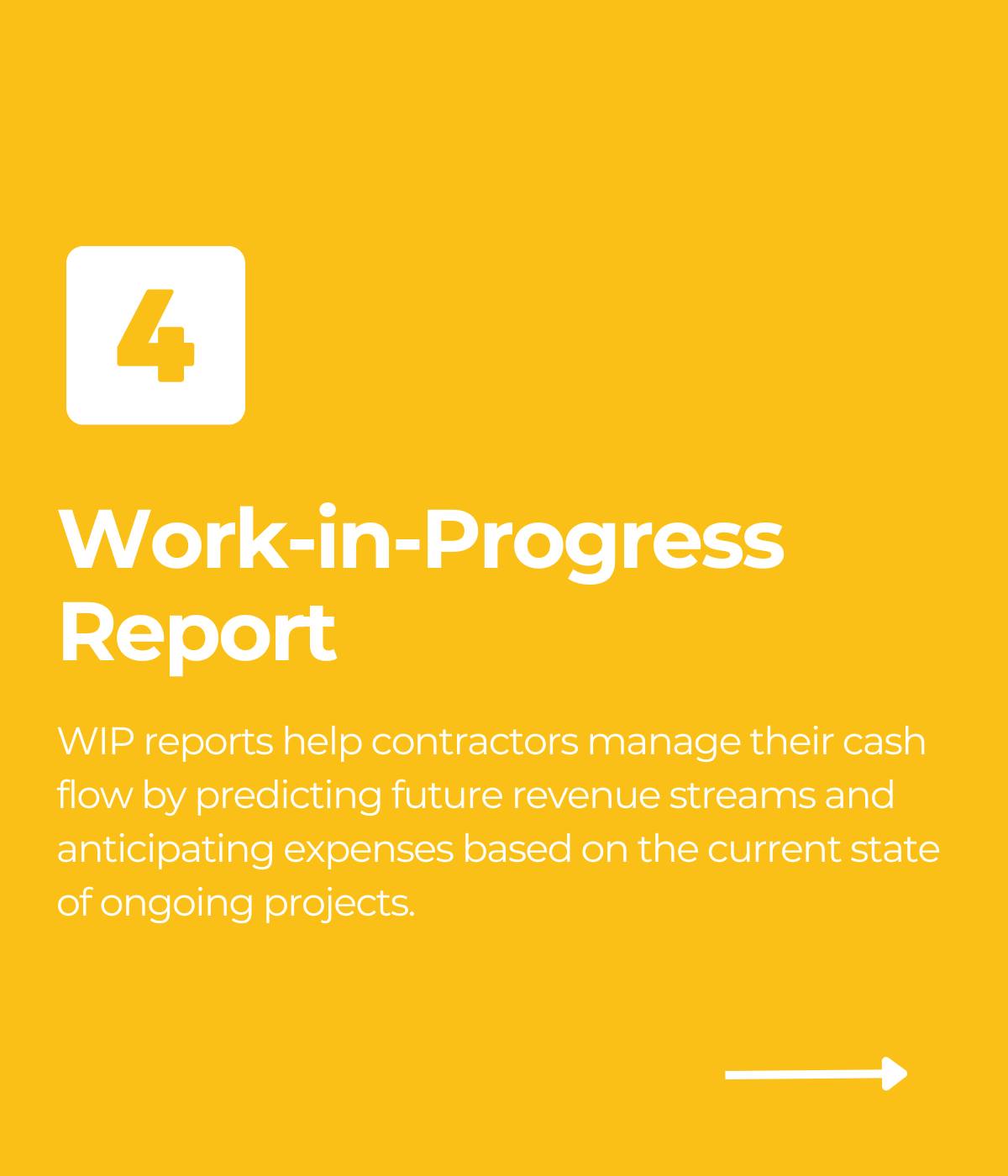
Because construction accounting software affects so many different parts of your office operations, it requires careful planning beyond a simple download and installation. This implementation process shouldn’t intimidate you..
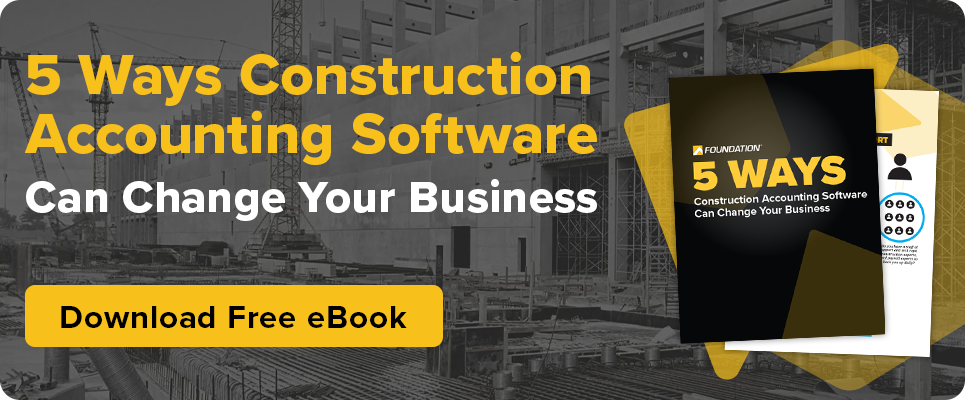
Following established best practices will help ensure long-term success. These essential elements include:
- Starting early
- Setting expectations
- Taking the time to do it right
- Leveraging teamwork
- Getting the help you need
- Practicing with your construction accounting software
Let’s explore each of these best practices and how they contribute to successful accounting software implementation.
Key Takeaways for Adopting Construction Software
- Begin your accounting software journey by researching vendors, watching product webinars and scheduling demos
- Meet with your team to discuss company needs and expectations before progressing with vendor discussions
- Understand that the implementation process typically takes two to three months and plan for implementation during slower business periods
- Include key stakeholders in the process to increase buy-in and ensure smoother adoption
- Communicate with your CPA early to allow time for financial review and questions
1. Starting Your Construction Implementation Process Early
The implementation process begins well before purchasing your integrated construction accounting software. When researching new construction accounting software, speak with multiple vendors and:
- View product webinars
- Watch video demos
- Schedule online demonstrations
- Have direct conversations with sales representatives
Evaluate how supportive vendors will be as long-term partners with your company, not just during implementation but as you master advanced features and explore new modules in the future.
Involve your team members early in the decision process. When introducing new software, feelings of discomfort and resistance to change are common. Bringing staff into the conversation allows them voice their concerns as everyday users. This helps generate buy-in and makes software implementation easier.
Inform users of what to expect during the transition early in the process. This reduces hesitation and gives them opportunities to ask questions. Only proceed with implementation once you’ve made the right choice for your construction business and secured staff buy-in.
2. Setting Expectations for the Implementation Process
Successful software implementation depends on setting clear goals and expectations based on questions like:
- What does your company do?
- What specific needs does your construction company have?
- What processes need improvement?
- What’s the ideal workflow your operations?
Meet with your team and prepare these answers before vendor discussions about construction accounting software.
Working with an accounting software implementation specialist to configure your system according to your specific business requirements is essential. Companies avoid many issues by ensuring their construction accounting system is properly set up for their unique goals.
When meeting with trainers for the first time, clearly state expectations about the process and timeline — especially regarding implementation timing.
3. Take The Time You Need
Realistically, learning new software and processing what you’ve learned takes time. Clear timing expectations mean that “going live” on the new construction accounting system typically occurs no sooner than two to three months after installation.
Your team will need additional training and time to understand new business processes as they adapt.
Beyond sessions with trainers, expect homework assignments. Discuss with your trainer and team early in the process to determine weekly time commitments.
Consider the time of year when planning implementation. Avoid your busiest season if possible. Account for your business cycles, holidays and staff availability when scheduling implementation activities.
4. Teamwork Among Contractors Makes the Construction Implementation Work
The time required for implementation depends on your team structure. Some companies have only one person handling implementation, which only works for day-to-day end users. This is rarely the case.
When implementing new construction accounting software as a team, complete buy-in and support from everyone is crucial. This includes things like ownership and end users. Misalignment can make the process challenging.
Your vendor will assign a trainer as your new point person, supported by a larger team of professionals assisting with implementation.
If multiple people are involved on your side, designate a point person to take ownership of communication and make sure tasks are completed on schedule.
5. Choosing the Right Construction Accounting Software Features
When selecting construction accounting software, look for these essential features:
- Job costing – Track costs by individual projects
- Payroll – Manage employee compensation efficiently
- WIP Reporting – Monitor work in progress
- Document Management – Store and organize project documents
- Job Tracking – Follow projects from start to finish
- Audit Trails – Maintain records of all changes and transactions
- Accounts Payable/Receivable – Manage vendor payments and customer invoicing
- Construction Reporting – Generate industry-specific reports
- Equipment Tracking – Monitor equipment usage and costs
- Scheduling – Plan and track project timelines
- Billing Management – Process invoices efficiently
- Financial Analytics and Reporting – Gain insights into your financial performance
Get All the Support You Need
Beyond your internal teams and implementation specialists, external support can be extremely beneficial.
Involve your construction CPA early in the process. They’ll need to review:
- The chart of accounts and G/L setup
- Your books to identify cleanup needs before migration
- Their expectations for the new construction software solution
Consider hiring temporary help for data entry or daily tasks, especially if your implementation team is small. Managing new accounting software implementation, learning the system and maintaining normal operations is overwhelming for one person.
Just as you wouldn’t have one person handling an entire construction project, having a team involved with implementation helps ensure a clean transition. Check if your software vendor offers bookkeeping support services to assist with the process.
Putting It All Together with FOUNDATION®
Accounting software implementation is a collaborative process that builds a solid foundation through ongoing discussion between your team and your vendor. Expect construction accounting software to be a soft-customized solution rather than a one-size-fits-all.
After discussing your business needs with representatives, make adjustments before full implementation begins. Continue refining as needed during testing.
Setting realistic expectations, making informed decisions from the start, understanding the long-term commitment to grow into the construction accounting software and having the right people and processes in place will set you on the right path to successful accounting software implementation.
Begin the conversation today by scheduling a live demo with FOUNDATION.
Foundation Software’s sales and implementation teams have decades of experience supporting construction contractors and ensuring they get the most out of our construction accounting solutions.
Share Article
Keep on current news in the construction industry. Subscribe to free eNews!
Our Top 3 YouTube Videos
Learn about our software more in depth with product overviews, demos, and much more!
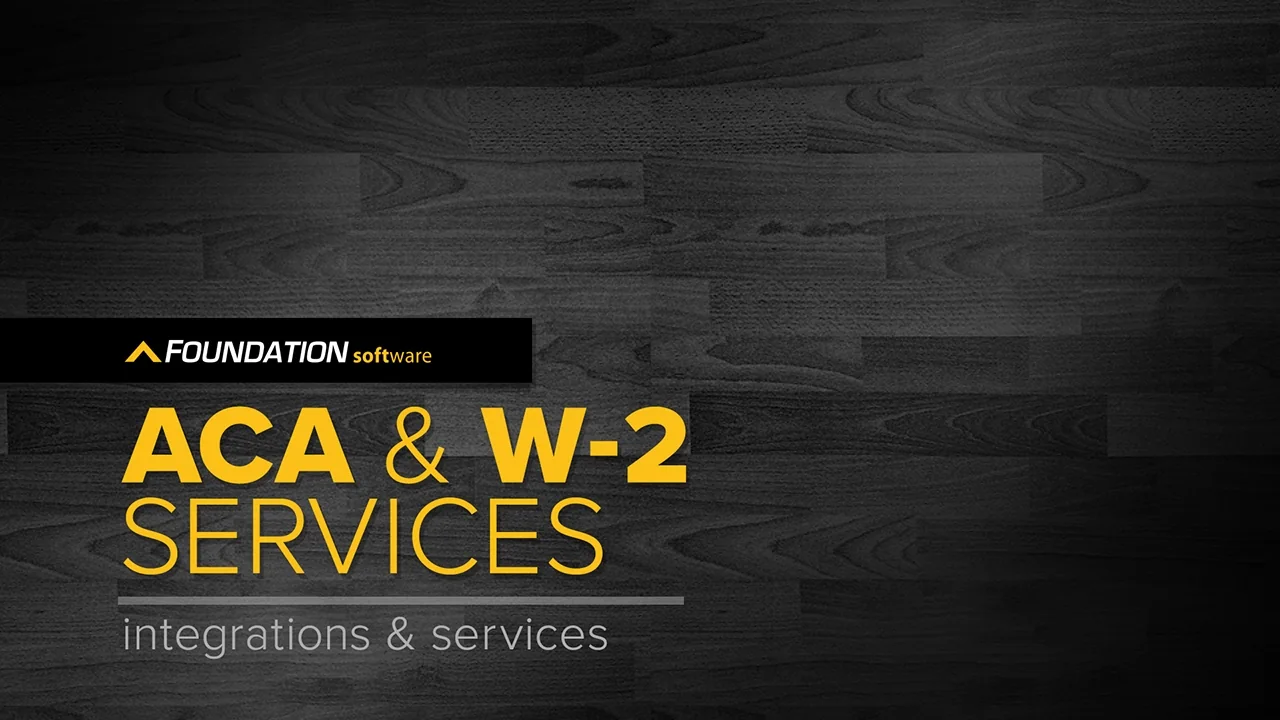
Our ACA reporting & e-filing services include official 1094-C and 1095-C IRS reporting, optional e-filing (no applying for a TCC code required), mailing to your employees and experienced support to help you.
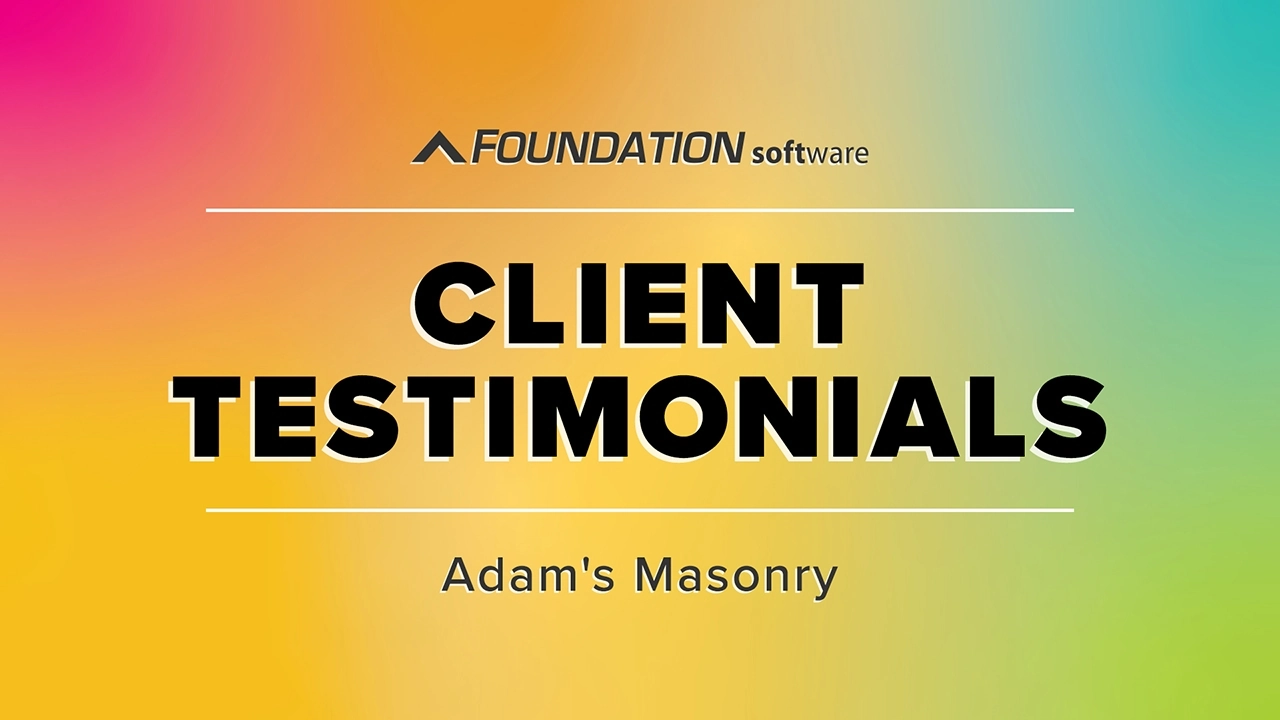
There are plenty of reasons to make FOUNDATION your choice for job cost accounting and construction management software — just ask our clients!
From job cost accounting software, to construction-specific payroll. Get an overview on your next all-in-one back-office solution.




